HISTORY OF WVASFAA OVER THE YEARS Several events of a similar nature catapulted the status of the financial aid profession and correspondingly the need for an association of like-minded individuals at the state, regional and national levels. The first action was the passage of the "landmark" federal legislation referred to as the "Higher Education Act of 1965." The Act created the "campus-based" financial aid programs-the Educational Opportunity Grant now called the Supplemental Educational Opportunity Grant, the Perkins Loan and the College Work Study. Simultaneously, legislation was being passed at the state level in numerous states-West Virginia being one of the first fifteen (15) states to implement a state-level need-based grant and /or scholarship program. With the proliferation of aid programs at the federal and state levels came the inclusion of mandated qualitative and quantitative accountability measures to be implemented by educational institutions in order to receive the funds and thus, in turn raised the visibility and importance of the critical role that financial aid offices at post-secondary institutions would play moving forward. To ensure compliance educational institutions would need to maintain a highly qualified staff with expertise in financial aid administration. In West Virginia, the state association was formulated in 1967. Those pioneering individuals, which West Virginia had several, were obvious visionaries from the standpoint of assessing the future needs of financial aid professionals by virtue of the creation of an association that would be the appropriate vehicle for promoting its existence and for providing a forum to enable financial aid personnel an opportunity to regularly interact with financial aid staff from other educational institutions via meetings, conferences, training and other learning activities. Having participated in association activities from my initial employment in 1968 as state Grant Program coordinator of the state's major need-based financial aid program with the Commission on Higher Education with later iterations-the West Virginia Board of Regents, the State College and University System to the current Higher Education Policy Commission until my retirement in 2013, I had an excellent vantage point to have witnessed the evolution of the association from both its membership as well as its scope and effect in the field of financial aid professionalism. I observed the transformation in the role of association members in supporting the core mission of educating students from one of minor significance to one of major "must" proportions. It could also be said that as the association matured, it exercised greater influence in affecting statewide public policy in the area of financial aid. While not an initial member until years later, I was still active in association activities and was consulted on issues relative to policy and procedures. The association started as a single type membership consisting of only "Regular Members"-those individuals who worked in financial aid offices on individual college campuses to a multi-faceted association consisting of three (3) types of members-"Regular Members"-those individuals above but expanding to financial aid personnel at all types of post-secondary institutions as well as full-time staff of the Higher Education Policy Commission, "Business Partners"-those individuals who work in the lending community as well as vendors who supply needed products for administering financial aid and "Associate Members"-those individuals who work in business offices and other campus officials, outreach counselors with various agencies, rehabilitation counselors, etc. Its scope and effect equally grew in stature and visibility from a campus and local focus to a much greater role through representation of its members on institutional, state, regional and national policy-making committees. Member participation provided an opportunity to regularly advocate for the interests of its constituents-the families of future students who would be seeking funding to pursue their lifetime goals and aspirations. At the spring 2017 WVASFAA Conference held at Canaan Valley Resort and Conference Center the association celebrated its 50th anniversary. The conference committee invited all Past Presidents of the association as well as other individuals who contributed in its evolution. A gala festivity took place along with presentations by a number of Past Presidents and other special guests. I was invited to attend and to address the attendees. As I indicated that evening I will always be appreciative of those pioneers of the profession at both the state and national levels who served as mentors considering my knowledge of the administration of financial aid was minuscule when I began my career in financial aid as the coordinator of the state's West Virginia Grant Program in 1968. At that time there was no formalized training or educational programs that prepared one for the profession. It was on-the-job training, 101. Fortunately, the advising and support of mentors enabled me to learn the ins and outs of financial aid administration and that knowledge and skills permitted me to assist many other unprepared individuals entering the profession prior to the development of educational programs, training manuals, courses etc. With my involvement in the state association along with membership in associations of national state grant and loan agencies, it became apparent over time that the financial aid profession was under appreciated and not viewed on a parallel with other higher education professions by both the higher education community and the general public at-large. Thus, the promotion of the profession became an obsession that became a driving force throughout my tenure. At every opportunity wherein I had contact with officials from higher education, governing boards, state agencies, politicians, and leaders in the private sector, I persistently promoted the merits of the profession as well as the critical role that the aid profession played in meeting the goals of educational institutions. I emphasized the dedication of aid professionals and the need to recognize the necessity of that work by adequately compensating those individuals. Thousands upon thousands of families annually rely upon members expertise to facilitate the educational process by providing the necessary resources in order for students to pursue a post-secondary education. In ending my comments I stated that the challenge for current and future members of the aid profession will be to continue to exceed performance expectations in an ever changing and complex environment under considerable stress at the same time by maintaining a positive attitude. Finally, I want to publicly state that it was an honor and a privilege to have known and worked with an outstanding array of talented and dedicated individuals who were and continue to be committed to the core mission of providing much needed financial support to students. Being recognized by the members of the association was equally gratifying. THANK YOU! In October 1992, the Association conducted its 25th Anniversary Celebration at the Charleston Marriott following the 6th running of the Collegiate Chase, a 5-mile road race to encourage college attendance and to raise money for scholarships that was started in 1987 at MASFAA’s 25th Anniversary Celebration. ADDENDUM WVASFAA is a professional organization devoted to enhancing professional competency, assisting in the development of effective programs, facilitating communication, and providing training opportunities in the field of student financial aid services. Three of our past presidents are Directors of Financial Aid in other states, Michigan and Missouri. Two of our former presidents are executives, one with Sallie Mae and another with WVELS. One has returned to the ministry. One works as an executive for a large Stafford Loan lender. Six are in other areas of education on campuses; eleven are still in financial aid.
|
 West Virginia Association of Student Financial Aid Administrators
West Virginia Association of Student Financial Aid Administrators
Glenville State University, PO Box 5, Glenville, WV 26351



